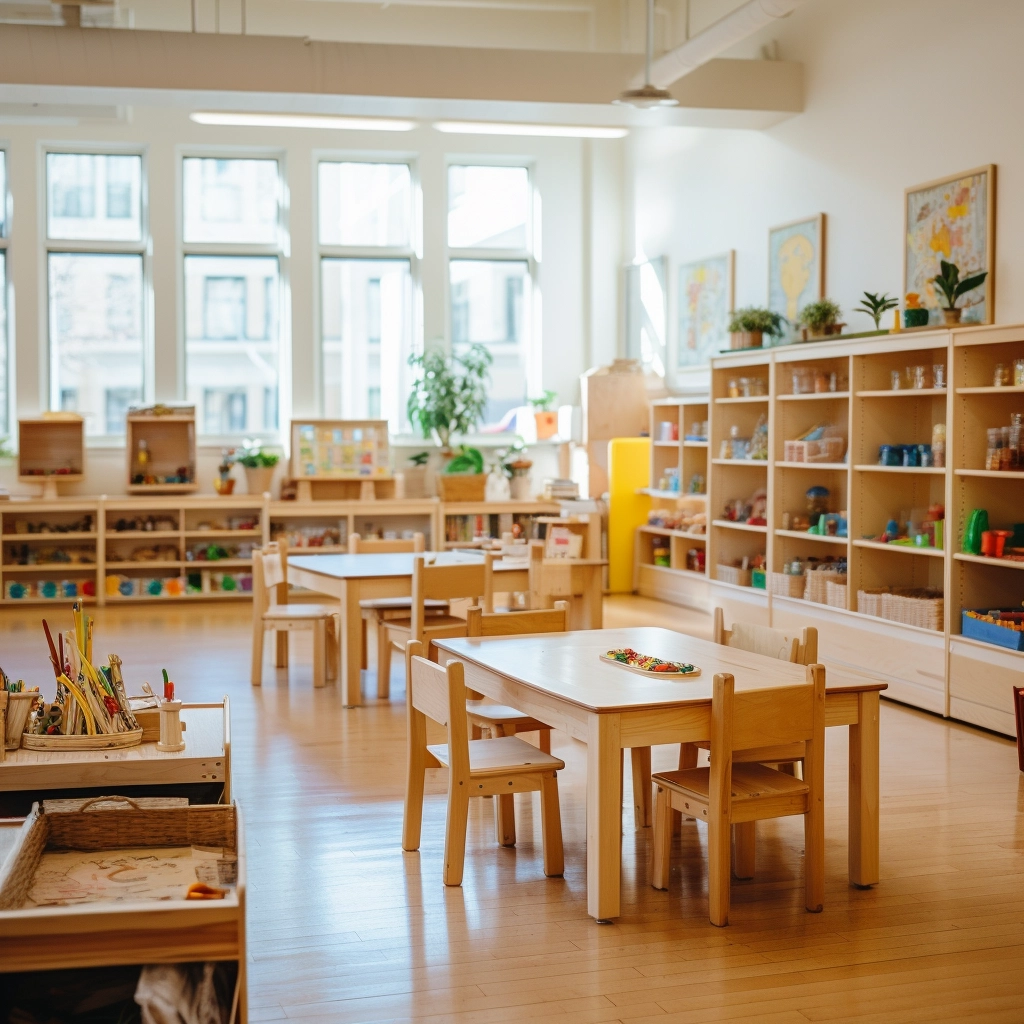Do you often find yourself searching for supplies during lessons? Are you struggling to manage ความรกในห้องเรียน? Is your current setup draining your energy instead of boosting your teaching flow? Classroom organization can often feel like a never-ending battle, especially when juggling lesson plans, student needs, and administrative tasks. A disorganized space leads to wasted time, frustrated students, and reduced teaching effectiveness.
The good news! 😉There are more innovative ways to manage your environment. With the proper classroom organization strategies, chaos can be transformed into calm. More than just creating a tidy space, effective organization establishes clear routines, improves time management, and supports student independence. A well-structured environment allows teachers and learners to stay focused, making daily operations smoother and instruction more impactful.
In this article, I’ll share my top classroom organization hacks, which will simplify your daily routine and empower your students to thrive in a structured and supportive environment. Let’s dive into the tools, layouts, and ideas that will completely change how your classroom works.
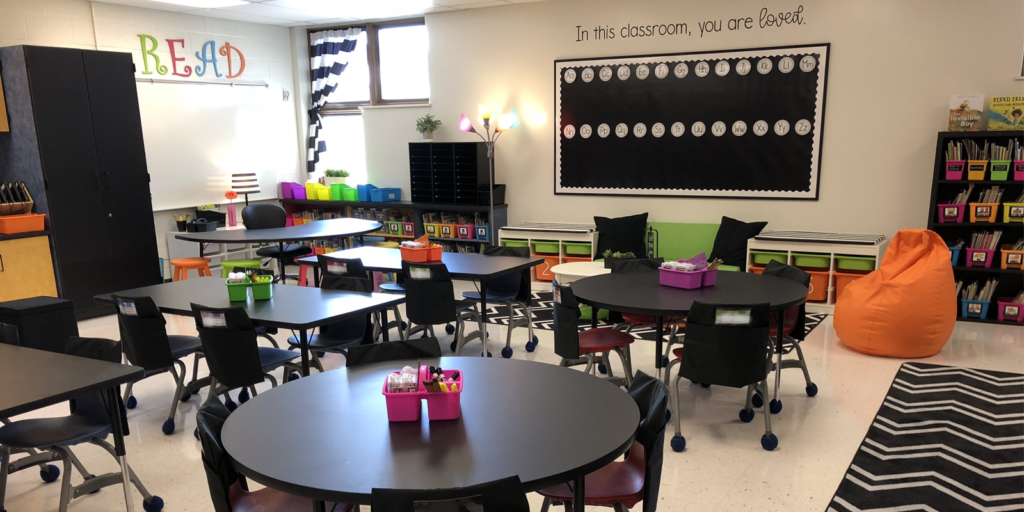
การจัดระเบียบห้องเรียนส่งผลต่อการเรียนรู้อย่างไร?
ในฐานะผู้เชี่ยวชาญด้านการศึกษาและครูผู้มากประสบการณ์ 13 ปี บริททานี คอลลินส์ วางไว้ว่า: “การจัดห้องเรียนไม่ได้มีไว้สำหรับคุณในฐานะครูเท่านั้น แต่ยังมีไว้สำหรับนักเรียนของคุณด้วย เพื่อช่วยให้พวกเขาค้นหาสิ่งที่พวกเขาต้องการได้เมื่อพวกเขาต้องการ” That simple idea lies at the core of what makes classroom organization so important. When students know exactly where their clipboards, pencils, or headphones are, they don’t waste learning time searching. And when they know where things belong, they also learn to take responsibility for returning them. That structure supports independence, minimizes distractions, and keeps the space focused on learning.
A cluttered classroom often leads to mental clutter. Well-organized environments make students feel secure, especially in early childhood education settings. When routines are clear and materials are accessible, children can settle into learning more quickly. In contrast, a disorganized or chaotic classroom increases cognitive load, making it harder for young learners to focus, follow directions, or feel emotionally safe.
Classroom organization also affects academic performance. Structured environments promote smoother transitions between activities, reduce time lost during lessons, and support clearer classroom management. When students find what they need quickly, teachers can focus on instruction instead of constant redirection. Tools like classroom supply organizers, student mailboxes, and clear classroom library organization systems help create this flow. These aren’t just cosmetic improvements; they shape how the entire classroom functions.
Whether you teach kindergarten or daycare, having a plan for storing, accessing, and rotating materials is essential. The more structured your physical space, the more effective your instructional space becomes.
24 Classroom Organization Tips
Effective classroom organization starts with intention and a bit of creativity. The best organization systems don’t just reduce clutter; they enhance teaching and empower students to be more self-reliant. Here are some practical, easy-to-implement classroom organization ideas designed to create smoother days for teachers and students.
1. Sort Your Drawers
กลยุทธ์การจัดระเบียบห้องเรียนที่ประสบความสำเร็จเริ่มต้นด้วยการวางแผนสำหรับนักเรียนทุกคน รวมถึงผู้ที่ทำงานเสร็จก่อนเวลา ลิ้นชักที่เสร็จเร็วเป็นวิธีที่เรียบง่ายแต่มีประสิทธิภาพในการรักษาความเป็นระเบียบและเพิ่มประสิทธิภาพการทำงานสูงสุด ตั้งค่า ระบบลิ้นชักที่มีฉลากติดไว้ชัดเจน that students can access independently when they complete their assignments. Each drawer can contain meaningful extension activities such as puzzles, handwriting sheets, coloring pages, or themed logic tasks.

วิธีการจัดระเบียบนี้ช่วยลดการรบกวนในห้องเรียน ช่วยให้ผู้เรียนที่เรียนเสร็จเร็วมีสมาธิ และช่วยให้นักเรียนที่เหลือในชั้นเรียนสามารถเรียนรู้ต่อไปได้โดยไม่สะดุด นอกจากนี้ยังช่วยสอนให้มีความรับผิดชอบ เนื่องจากนักเรียนจะได้เรียนรู้ที่จะจัดการการเปลี่ยนผ่าน เมื่อผสานเข้ากับระบบจัดระเบียบห้องเรียนที่กว้างขึ้น ลิ้นชักสำหรับนักเรียนที่เรียนเสร็จเร็วจะช่วยให้คุณมีเวลาเหลือมากขึ้นและช่วยให้สภาพแวดล้อมทางกายภาพสงบและมีประสิทธิภาพ
2. Use colors to distinguish folders
The heart of classroom organization lies in having a place for everything and knowing where everything is. A color-coded file folder system is a classic tool that every organized teacher should use. Assign different colors for various subjects or activities: red for math, blue for literacy, yellow for weekly handouts, and green for student records.
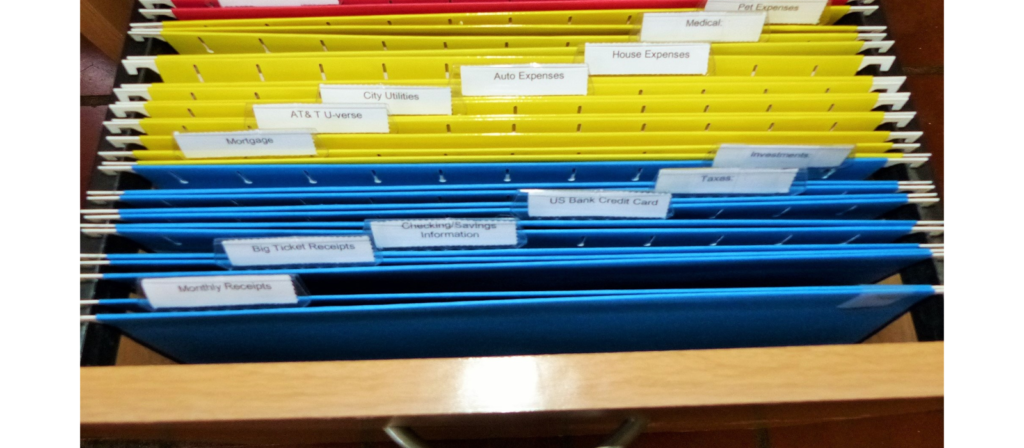
Store these folders in labeled vertical file holders or drawers near your workspace for quick access. This system supports seamless lesson transitions, reduces paper clutter, and helps you avoid the morning panic of lost handouts. A robust folder system is vital in maintaining classroom organization daily in early learning classrooms, where schedules are tight and transitions are frequent.
3. Each student is assigned a work box
One of the most effective classroom organization ideas is assigning each student a personal work bin. These bins are private storage spaces for ongoing projects, journals, art activities, and literacy materials. Label each bin clearly with student names or photos, and arrange them neatly on open shelving for easy visibility and access.
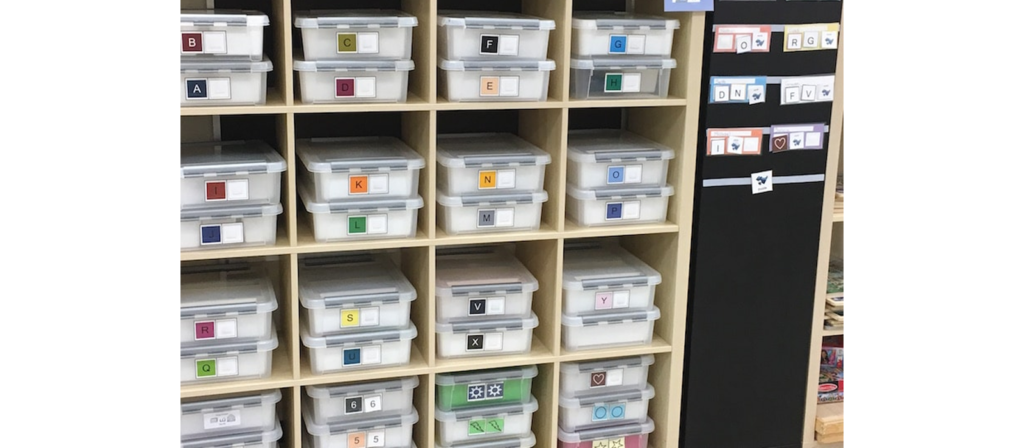
In preschool and early learning classrooms, this promotes student independence. Children learn to take responsibility for their materials, which supports their executive functioning and builds strong classroom habits. More importantly, having dedicated student bins helps maintain classroom organization by reducing loose papers and misplaced work.
4. Using a whiteboard magnetic pen
The whiteboard is a central teaching hub, especially in early learning environments. But a messy board area can derail even the most well-planned lesson. Using magnetic marker containers is a simple yet powerful classroom organization solution. Attach containers to your whiteboard to hold dry-erase markers, erasers, and magnetic letters or shapes.
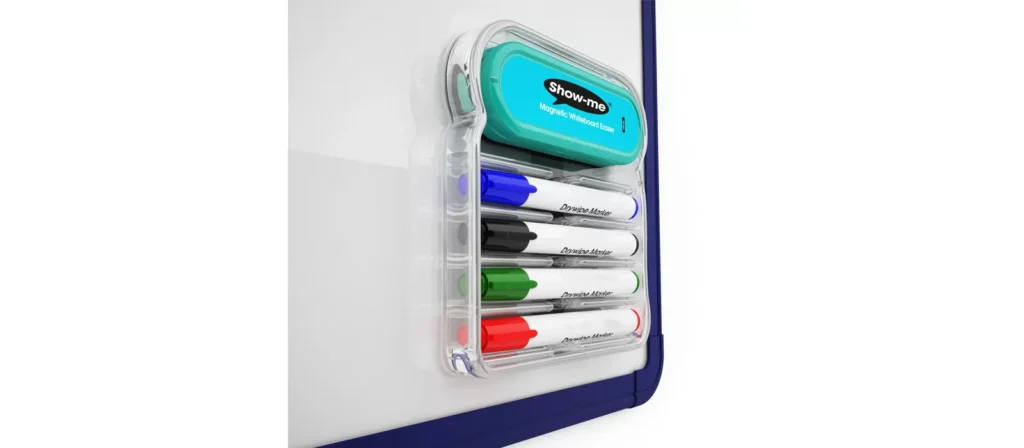
This keeps everything within arm’s reach and reduces time lost searching for supplies. It also models organized behavior for students; when they see that materials have a place and purpose, they’re more likely to follow your lead. Clean board areas support focus and indicate effective classroom organization at work.
5. Book classification box
Classroom organization isn’t limited to where supplies go; it also includes how we manage learning zones. Nowhere is this more important than the classroom library. A cluttered book area can overwhelm young readers, while an organized library invites exploration. Use labeled bins sorted by genre, theme, or reading level. For non-readers, include images or icons on each label.
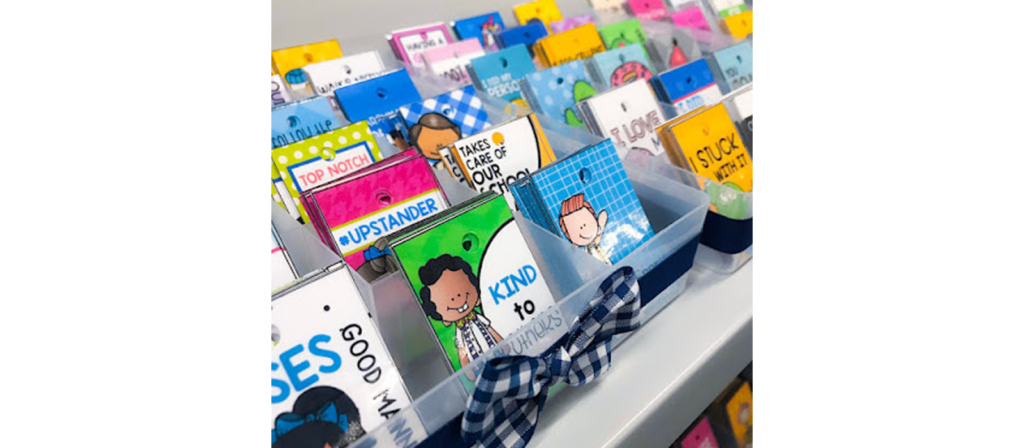
จัดวางถังขยะบนชั้นวางที่ต่ำเพื่อให้นักเรียนหยิบใช้ได้เอง โครงสร้างห้องสมุดที่ชัดเจนช่วยส่งเสริมการดูแลและความรับผิดชอบ ซึ่งเป็นองค์ประกอบสำคัญในการจัดระเบียบห้องเรียน นอกจากนี้ยังช่วยให้คุณประเมินได้อย่างรวดเร็วว่าหนังสือเล่มใดที่ใช้ หนังสือเล่มใดที่ต้องเปลี่ยน และจะหมุนเวียนวัสดุอย่างไรตามความสนใจของนักเรียน
6. Shared supplies station
อุปกรณ์ที่ใช้ร่วมกันมักจะกลายเป็นแหล่งของรกรุงรัง โดยเฉพาะในห้องเรียนที่มีที่นั่งเป็นกลุ่ม ใช้ชั้นวางของบนเดสก์ท็อปในแต่ละโต๊ะเพื่อเก็บสิ่งของจำเป็น เช่น ดินสอ กาวแท่ง สีเทียน และกรรไกร ติดป้ายกำกับแต่ละส่วนอย่างชัดเจนและจัดของใหม่ในตอนท้ายของแต่ละวันหรือสัปดาห์
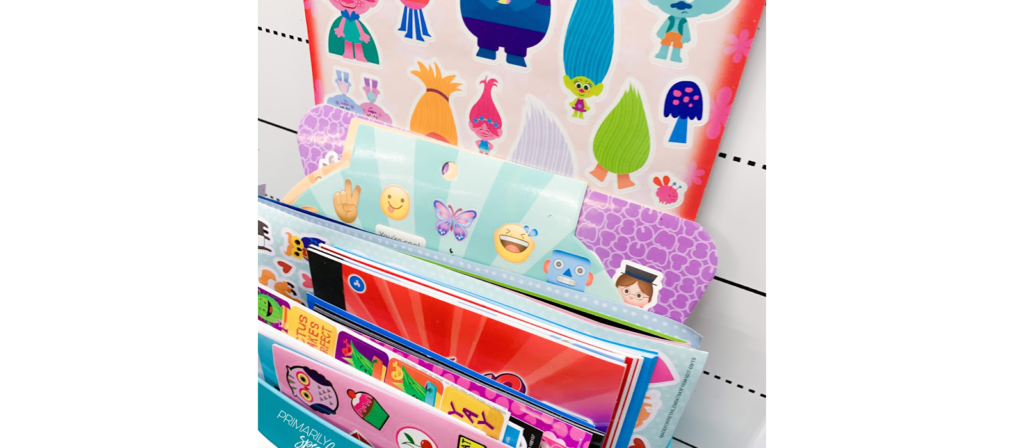
This approach reduces traffic to the supply shelf and minimizes disruption during lessons. Classroom organization improves significantly when students know exactly where materials are—and where they go afterward. This strategy is particularly effective in preschool classrooms where students learn routines and develop self-regulation skills.
7. Teacher Command Center Setup
This approach reduces traffic to the supply shelf and minimizes disruption during lessons. Classroom organization improves significantly when students know exactly where materials are and where they go afterward. This strategy is particularly effective in preschool classrooms where students learn routines and develop self-regulation skills.
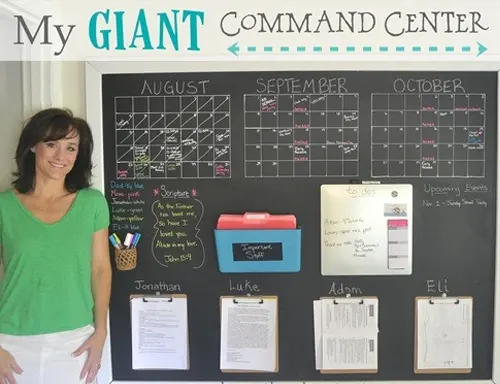
Use labeled binders, vertical file holders, and a set of drawers to keep teaching units, evaluation forms, substitute plans, and reference materials categorized and within arm’s reach. Place your station somewhere quiet yet accessible, perhaps next to your desk or near the entrance.
When your planning hub is streamlined, you spend less time hunting for materials and more time focusing on teaching. It’s not just about storage; it’s about clarity, efficiency, and reducing mental clutter.
8. Portable Planning Caddy for On-the-Go Teaching
Preschool teachers are rarely at their desks. Your materials must move with you, whether transitioning between centers, managing toileting, or leading outdoor activities. That’s where a mobile planning caddy makes all the difference.
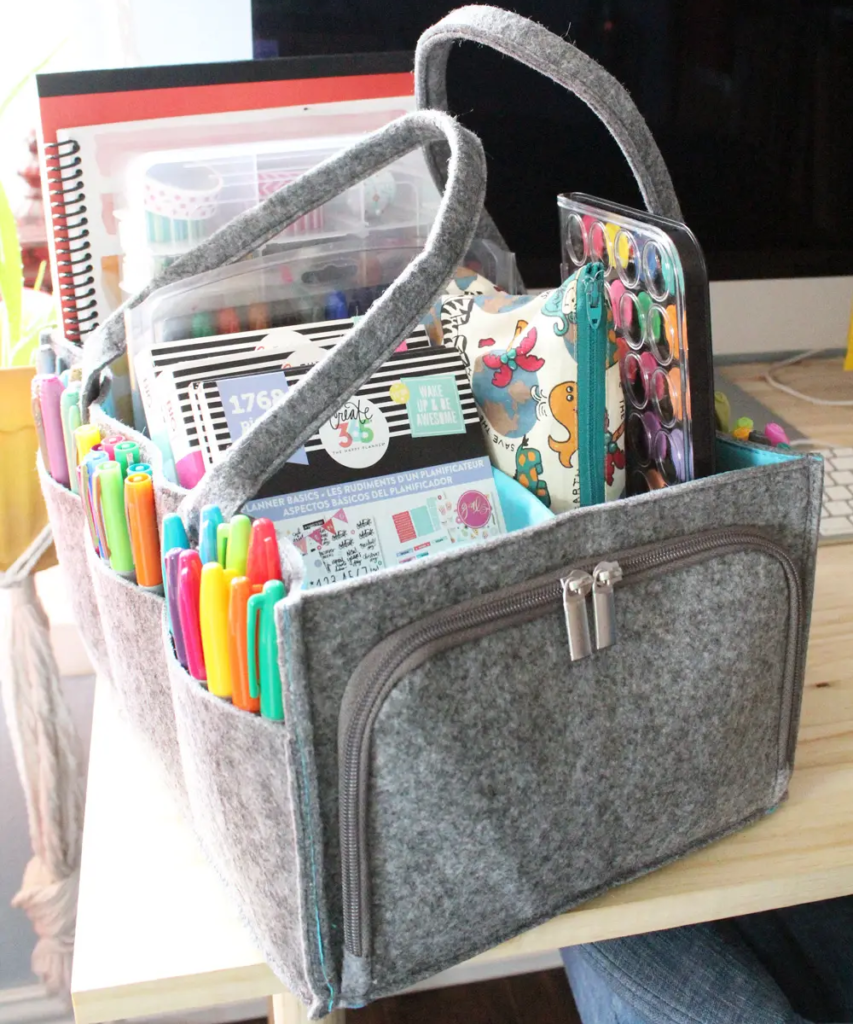
Create a portable teaching kit using a lightweight plastic crate, rolling cart, or canvas tote. Divide the contents into folders or pouches labeled for lesson plans, assessments, emergency activities, classroom management tools, and quick reference guides. Keep your go-to supplies—like pens, stickers, and behavior charts—inside.
This mobile system empowers you, your assistants, and substitute teachers, who can quickly get up to speed on the day’s flow. Best of all, it keeps your main teaching area uncluttered and flexible.
9. DIY Classroom Medical Kit for Minor Mishaps
Every preschool classroom has its share of scraped knees, tiny splinters, and unexpected sneezes. Instead of sending students to the nurse for every little incident, a well-organized DIY medical kit allows you to handle minor issues quickly and calmly without disrupting the flow of your day.
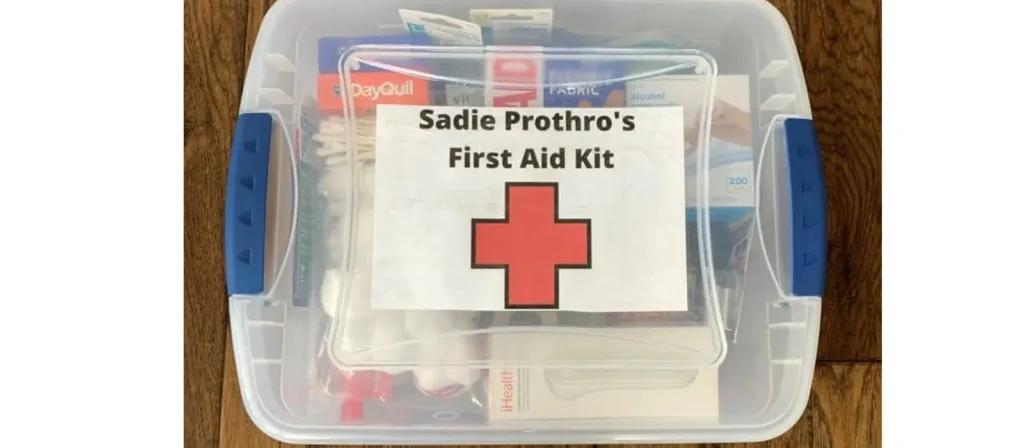
Create your classroom first-aid kit to match your room’s aesthetic. Use a small storage box, paint it, decorate it with stickers, or use printable templates to label it clearly. Inside, stock only the essentials: assorted bandages, tissues, tweezers, thermometer, hand sanitizer, distilled water, and anything else your school policy permits.
10. สถานีจัดหาอุปกรณ์ส่วนกลางสำหรับเด็กก่อนวัยเรียน
แทนที่จะกระจายสิ่งของไปทั่วห้อง ให้จัดเตรียม สถานีจัดหาสินค้าส่วนกลาง สำหรับวัสดุที่ใช้ร่วมกัน จัดเก็บ กาว กรรไกร กระดาษก่อสร้าง และปากกาเมจิก ในถังขยะใสพร้อมป้ายรูปภาพและคำต่างๆ ควรเข้าถึงสถานีนี้ได้ง่ายแต่จัดโครงสร้างให้เป็นระเบียบเพื่อหลีกเลี่ยงการแออัด
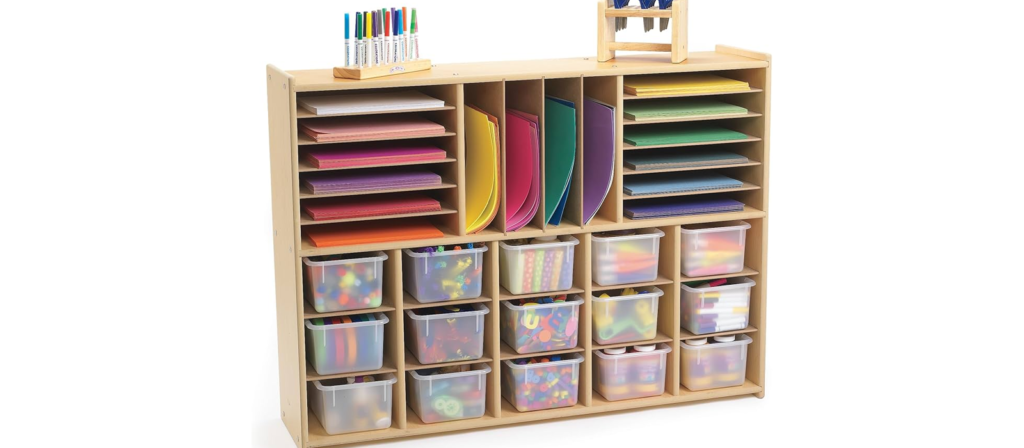
A central hub reduces redundancy, saves space, and becomes a reliable part of classroom routines. As students learn to use the supply station responsibly, you’ll notice decreased lost items and a significant boost in overall classroom organization.
11. ระบบตู้ไปรษณีย์นักเรียน
ระบบตู้จดหมายของนักเรียนเป็นวิธีที่มีประสิทธิภาพที่สุดวิธีหนึ่งในการเสริมสร้างความเป็นระเบียบเรียบร้อยในห้องเรียนในแต่ละวัน จัดช่อง แฟ้ม หรือแฟ้มแนวตั้งให้เด็กแต่ละคนใช้รับบันทึก งานศิลปะ การบ้าน หรือเอกสารที่นำกลับบ้าน วางไว้ใกล้ทางเข้าเพื่อให้หยิบได้ง่ายเมื่อมาถึงและเลิกเรียน
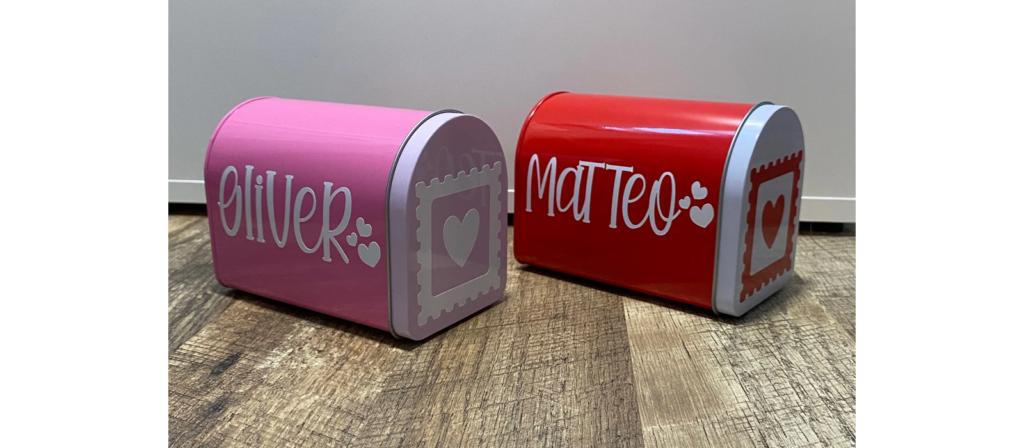
ระบบนี้ช่วยลดการจัดเรียงเอกสารผิดที่ สร้างโครงสร้างให้กับกิจวัตรประจำวัน และลดปริมาณกระดาษที่กองอยู่บนโต๊ะ นอกจากนี้ยังช่วยให้นักเรียนสามารถจัดการการสื่อสารที่บ้านได้ แม้แต่ในห้องเรียน เมื่อใช้เป็นประจำ ระบบตู้ไปรษณีย์จะกลายเป็นเสาหลักในการจัดระเบียบห้องเรียนอย่างมีประสิทธิภาพ เอกสารทุกฉบับมีที่ของตัวเอง และไม่มีอะไรสูญหายไปในกองเอกสาร
12. กำแพงคำที่ยืดหยุ่นและหมุนได้
A permanent, overcrowded word wall can quickly become visual noise. A rotating word wall, on the other hand, supports both language development and effective classroom organization. Use Velcro, magnets, pocket charts, or even wall shelves for classroom use to allow weekly or unit-based word updates. Words should reflect what students are currently learning—seasonal terms, phonics patterns, or thematic vocabulary.
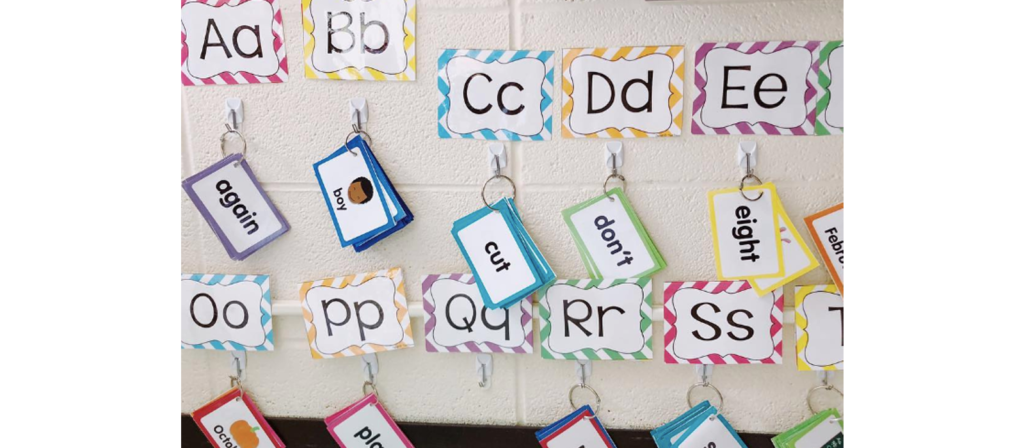
This keeps the classroom visually calm and focused while still providing essential reference tools. Organized word walls promote literacy without overwhelming students. Most importantly, they’re easily managed and fit seamlessly into a well-organized learning space.
13. ระบบยืมหนังสือจากห้องสมุดสำหรับเด็กก่อนวัยเรียน
Set up a simple book registration form or loan bag system so children can “borrow” books to read at home, cultivating a sense of responsibility and reading habits.
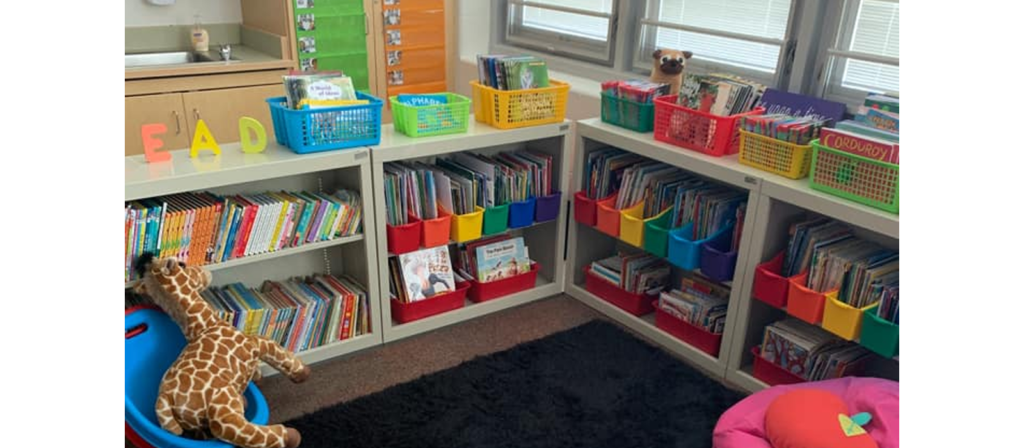
การสอนให้นักเรียนเซ็นชื่อหนังสือเข้าและออกช่วยสร้างความรับผิดชอบ ช่วยจัดระเบียบห้องเรียน และช่วยให้คุณติดตามได้ว่าหนังสือเรื่องใดได้รับความนิยม (หรือไม่มี) การจัดระเบียบหนังสือยังช่วยยืดอายุหนังสือและทำให้ชั้นวางหนังสือดูเรียบร้อยและน่าอ่านอีกด้วย
To support these systems, we offer a range of preschool library bookshelves designed for function and accessibility. Our models include:
- ชั้นวางหนังสือแบบหันหน้าออกด้านหน้า เพื่อการเลือกหนังสือที่ง่ายดายและการมีส่วนร่วมทางภาพ
- การออกแบบชั้นวางเปิดต่ำ ที่ส่งเสริมการค้นหาข้อมูลอย่างอิสระและการเข้าถึงที่ปลอดภัยสำหรับเด็กวัยเตาะแตะและเด็กก่อนวัยเรียน
- Book storage units with labeled compartments are perfect for organizing books by theme, level, or genre.



All units are made from durable, child-safe materials and sized appropriately for early learners. Whether you’re organizing a small reading nook or a whole classroom library, our shelving solutions support visual order and student independence.
14. ชั้นวางอุปกรณ์ศิลปะแนวตั้ง
การจัดระเบียบห้องเรียนในระดับก่อนวัยเรียนและชั้นประถมศึกษาตอนต้นมักขึ้นอยู่กับวิธีการจัดการอุปกรณ์ศิลปะ แทนที่จะกระจายอุปกรณ์ไปตามชั้นวางหลายๆ ชั้น ให้ใช้ตู้ลิ้นชักแนวตั้งหรือถังใส แต่ละชั้นสามารถเก็บอุปกรณ์ประเภทต่างๆ ได้ เช่น สี ดินสอสี กาว สติกเกอร์ พู่กัน ทำให้ทั้งนักเรียนและครูค้นหาอุปกรณ์ที่ต้องการได้ง่ายขึ้น
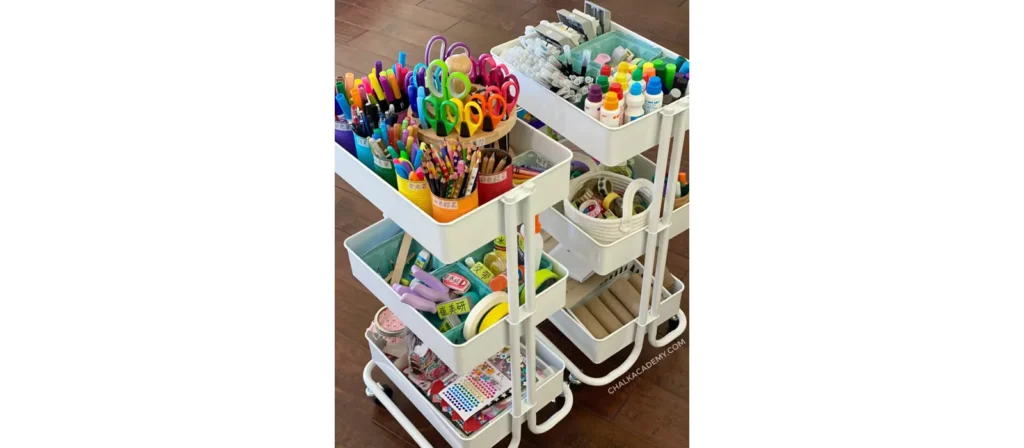
Label each drawer with words and images so students know where to return materials. Vertical storage saves table space, reinforces good organizational habits, and supports smoother transitions between activities.
15. แผนภูมิคลิปการจัดการพฤติกรรม
While behavior charts must be used thoughtfully, they can support classroom organization when implemented correctly. Use a vertical clip chart or magnetic behavior board that clearly shows classroom expectations. Each child’s clip or marker can move throughout the day based on behavioral cues or participation.
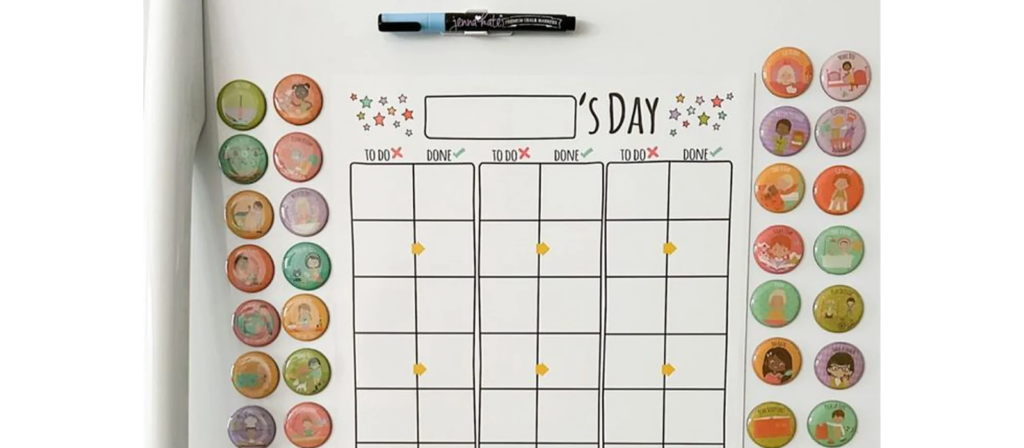
This visual reference reinforces rules and keeps everyone aligned with expectations. More importantly, it reduces verbal reminders and discipline disruptions, helping you focus on learning and maintaining order in the classroom environment.
16. ศูนย์ให้รางวัลนักเรียนที่จัดอย่างเป็นระบบ
An organized reward station can enhance student motivation and classroom order. Store reward stickers, tags, treasure box items, or certificates on a small shelf, cart, or drawer. Label each container clearly and use visuals to help non-readers identify reward categories.
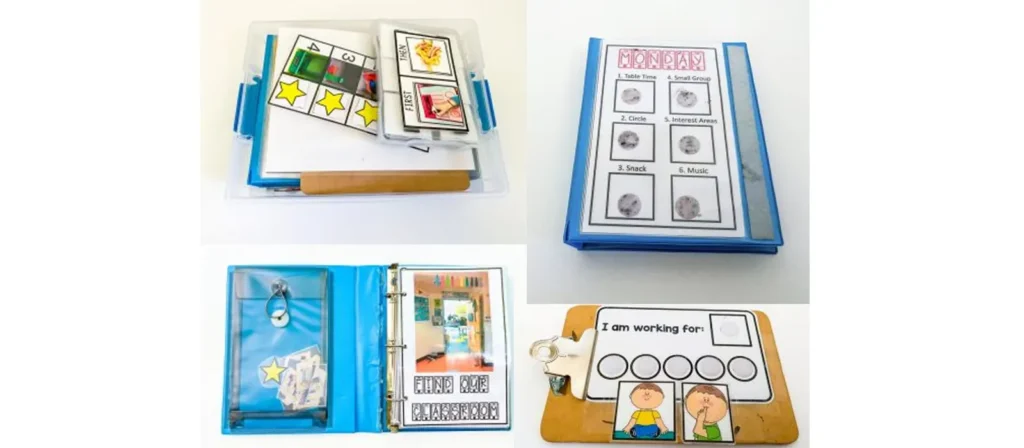
This structure allows students to understand and approach the reward system with respect. When everything is stored neatly and visibly, you reduce interruptions and save time. More importantly, you reinforce that fun and praise operate within an organized system.
17. กระดานวางแผนครูประจำสัปดาห์
การติดตั้งไวท์บอร์ดวางแผนขนาดเล็กในพื้นที่ของครูจะช่วยให้ห้องเรียนของคุณเป็นระเบียบและโปร่งใสมากขึ้น ใช้เพื่อสรุปวัตถุประสงค์ของสัปดาห์ จดรายการเตือนความจำที่สำคัญ หรือมอบหมายงานให้นักเรียนแบบหมุนเวียน การอ้างอิงแบบดูง่ายเช่นนี้ช่วยลดความหลงลืมและช่วยให้เวิร์กโฟลว์ของคุณมีโครงสร้าง
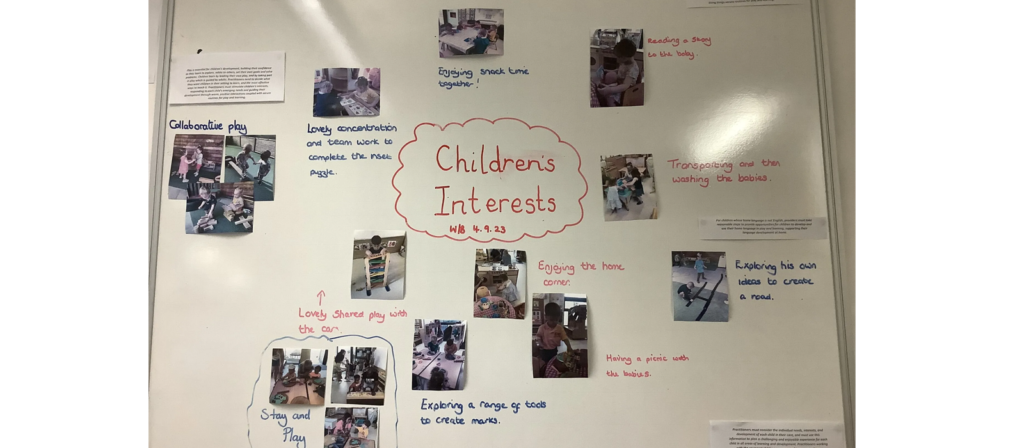
นอกจากนี้ การแบ่งปันกระดานนี้กับครูร่วมหรือผู้ช่วยจะทำให้ทุกคนมีแนวทางเดียวกัน การจัดระเบียบห้องเรียนเริ่มต้นด้วยความชัดเจนของครู และเครื่องมือนี้จะทำให้มองเห็นได้ ดำเนินการได้ และปรับเปลี่ยนได้
18. แผนภูมิการหมุนเวียนศูนย์การเรียนรู้
Learning centers are a staple in early childhood classrooms, but can quickly become chaotic without a clear structure. A center rotation board organizes who goes where, when, and with whom. Use icons or student names on Velcro/magnetic pieces to guide rotation times.
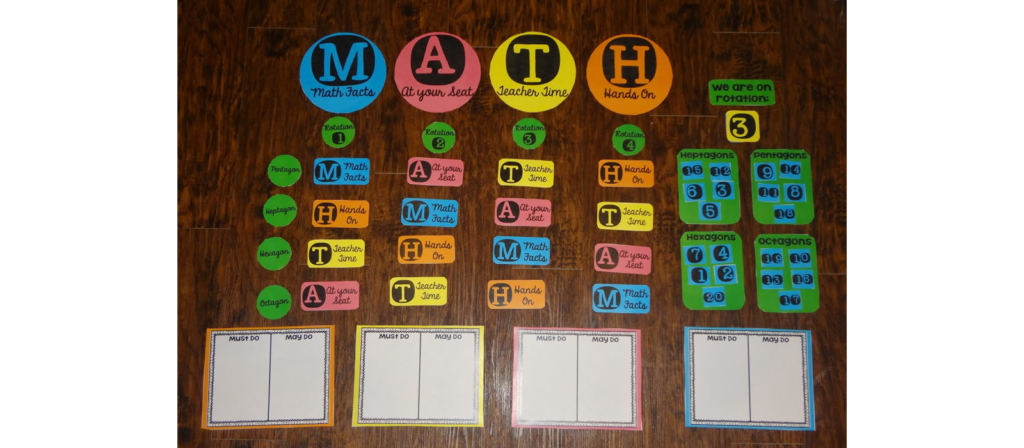
วิธีนี้ช่วยให้เกิดการเปลี่ยนแปลงที่ราบรื่น ลดการโต้เถียง และให้ผู้เรียนมองเห็นภาพรวมของกิจกรรมในแต่ละวัน นอกจากนี้ยังช่วยให้กำหนดจังหวะได้ดีขึ้น โดยเฉพาะในสภาพแวดล้อมแบบมอนเตสซอรีหรือเรจจิโอที่ให้ความสำคัญกับเวลาทำกิจกรรมที่เด็กเป็นผู้นำแต่มีโครงสร้างชัดเจน กระดานหมุนเวียนเป็นเครื่องมือที่มีประสิทธิภาพที่สุดอย่างหนึ่งในการจัดการการเคลื่อนไหวและรักษาความเป็นระเบียบของห้องเรียน
19. สถานีเทคโนโลยีที่มีการจัดระเบียบ
As classrooms evolve, technology is no longer a luxury—it’s a daily essential. But without an organized system, devices like tablets, headphones, charging cables, or presentation remotes can quickly become tangled chaos. Creating a dedicated Tech Hub Station is necessary for any modern classroom organization strategy.
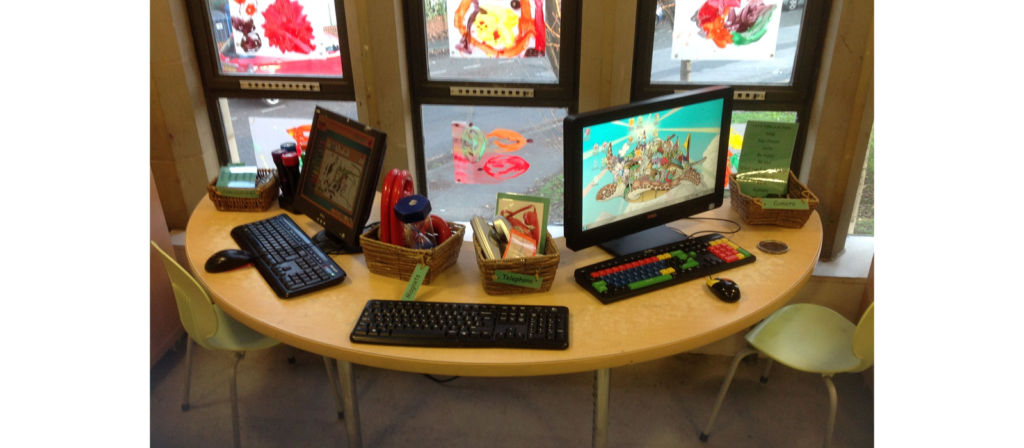
Choose a compact shelving unit or mobile cart to centralize all your technology-related tools. Use labeled bins or drawers for tablets, headsets, keyboards, and chargers. Add a multi-port charging station or surge-protected power strip to keep everything powered and ready. Each student’s device can be assigned a number or name label, simplifying access and responsibility tracking.
20. รถเข็นสอนอเนกประสงค์
Flexibility is key in preschool classrooms where spaces are often shared or reconfigured. A rolling cart allows you to take your materials—books, games, supplies, assessments—wherever needed. Include drawers or bins for quick sorting and label each section by purpose.
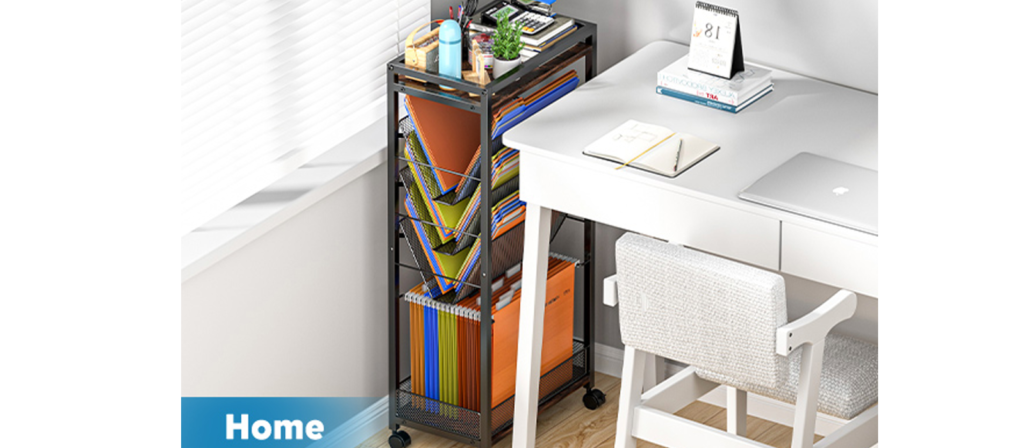
วิธีการจัดระเบียบห้องเรียนแบบเคลื่อนที่นี้มีประโยชน์ในการทำงานเป็นกลุ่มย่อย บริการสนับสนุนแบบเร่งด่วน หรือรูปแบบการสอนร่วมกัน โดยเปลี่ยนทุกส่วนของห้องเรียนให้กลายเป็นสถานีการสอน ขณะเดียวกันก็ลดเวลาในการจัดเตรียมและป้องกัน "วัสดุสูญหาย" ระหว่างการเปลี่ยนผ่าน
21. สถานีเติมเสบียงรายเดือน
ระบบจัดระเบียบห้องเรียนจะสมบูรณ์แบบไม่ได้เลยหากขาดการบำรุงรักษาเป็นประจำ จัดทำรายการตรวจสอบหรือถังสำหรับสิ่งของที่หมดอย่างรวดเร็ว เช่น กาวแท่ง กระดาษทิชชู่ กระดาษ ปากกาเมจิก ตรวจนับสิ่งของที่ต้องใช้ในแต่ละสิ้นเดือนและเติมของใหม่ตามความเหมาะสม
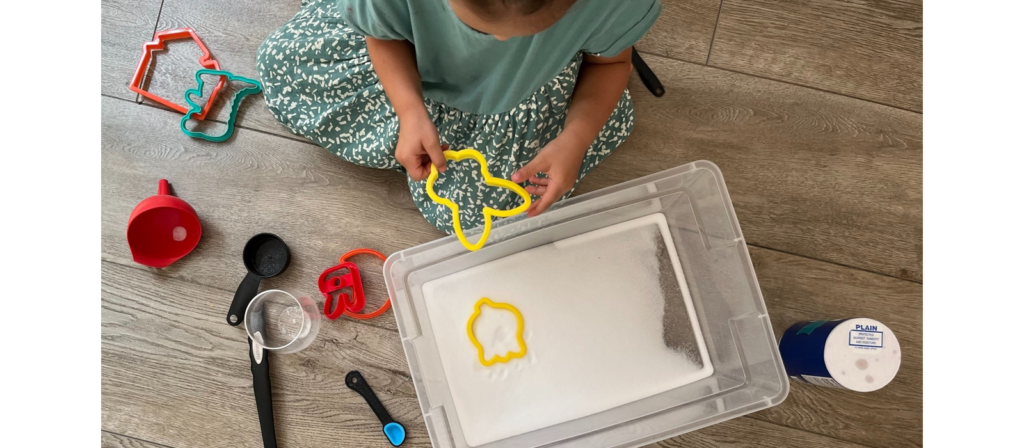
This proactive method prevents last-minute scrambles during activities. It also teaches students about resource awareness when they help check or refill supplies. Maintaining organization isn’t a one-time task—it’s a rhythm, and this system keeps it going smoothly.
22. การติดฉลากอย่างสม่ำเสมอด้วยเครื่องติดฉลาก
Invest in a label maker to unify the look and clarity of your labels. Classroom organization improves when materials, drawers, bins, and folders follow a clear, readable labeling system. For younger students, include both text and visuals.
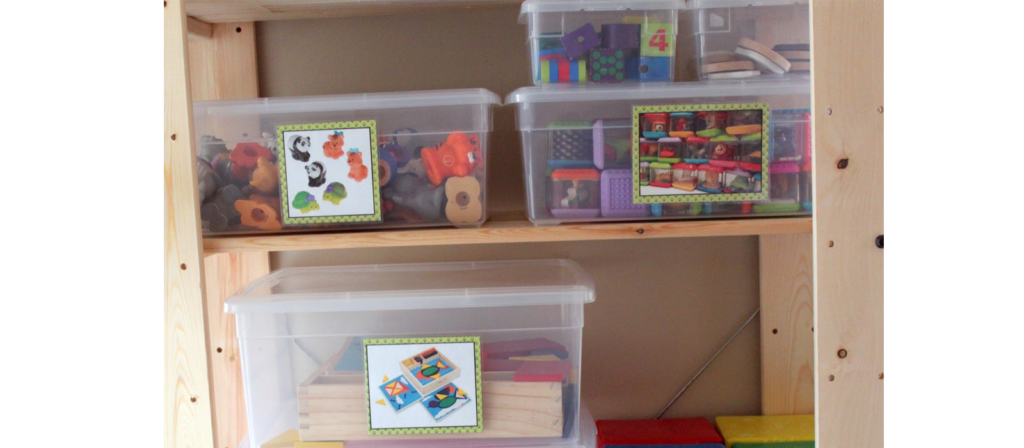
การติดฉลากทุกอย่างอย่างสม่ำเสมอจะช่วยให้พฤติกรรมของนักเรียนดีขึ้น การทำความสะอาดเร็วขึ้น และการเตรียมตัวของครูมีประสิทธิภาพมากขึ้น ห้องที่มองเห็นชัดเจนยังช่วยให้จิตใจสงบ ทำให้เด็กๆ มีสมาธิมากขึ้น
23. ระบบแผนภูมิกระเป๋าแบบติดผนัง
แผนภูมิพกพาเป็นวิธีที่ยอดเยี่ยมในการประหยัดพื้นที่และเพิ่มความเป็นระเบียบในห้องเรียน แขวนไว้ใกล้กระดาน ห้องสมุด หรือศูนย์เขียนเพื่อเก็บบัตรคำศัพท์ แถบคำศัพท์ ป้ายชื่อ หรือสัญลักษณ์แสดงพฤติกรรม เนื่องจากแผนภูมิเหล่านี้ติดไว้บนผนัง จึงไม่เกะกะบนโต๊ะหรือบนชั้นวาง
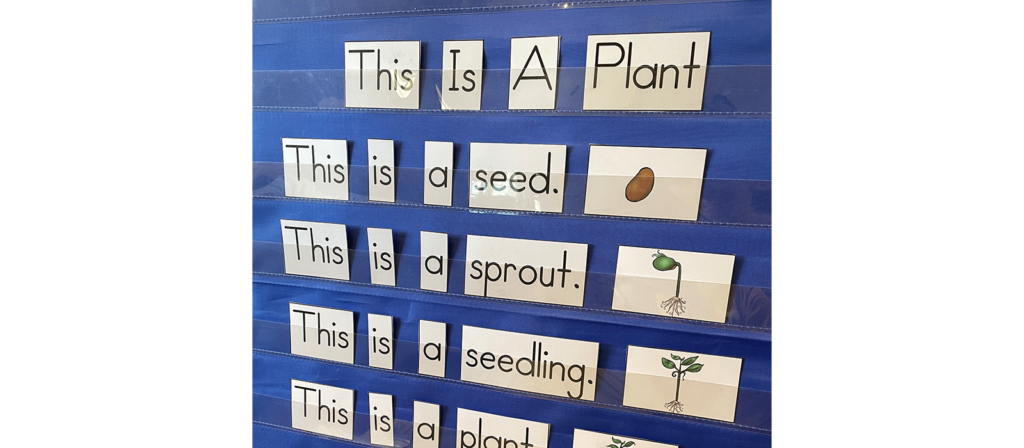
หมุนเวียนเนื้อหาในแผนภูมิบ่อยๆ เพื่อให้ตรงกับจุดเน้นในแต่ละสัปดาห์ กลยุทธ์นี้จะสร้างพื้นที่ห้องเรียนที่ใช้งานได้จริงและยืดหยุ่นได้ ซึ่งอัปเดตได้ง่ายและเป็นระเบียบเรียบร้อย
24. ตารางความรับผิดชอบงานของนักศึกษา
ส่งเสริมให้นักเรียนมีส่วนร่วมในการจัดระเบียบห้องเรียนโดยมอบหมายบทบาทต่างๆ เช่น หัวหน้าแถว ผู้ส่งกระดาษ ผู้ทำความสะอาดโต๊ะ และผู้ช่วยด้านเทคโนโลยี โพสต์ตารางงานพร้อมชื่อและภาพประกอบเพื่อให้ทุกคนทราบถึงความรับผิดชอบของตนเอง หมุนเวียนงานเป็นรายสัปดาห์เพื่อส่งเสริมการมีส่วนร่วมและการเป็นเจ้าของพื้นที่ร่วมกัน
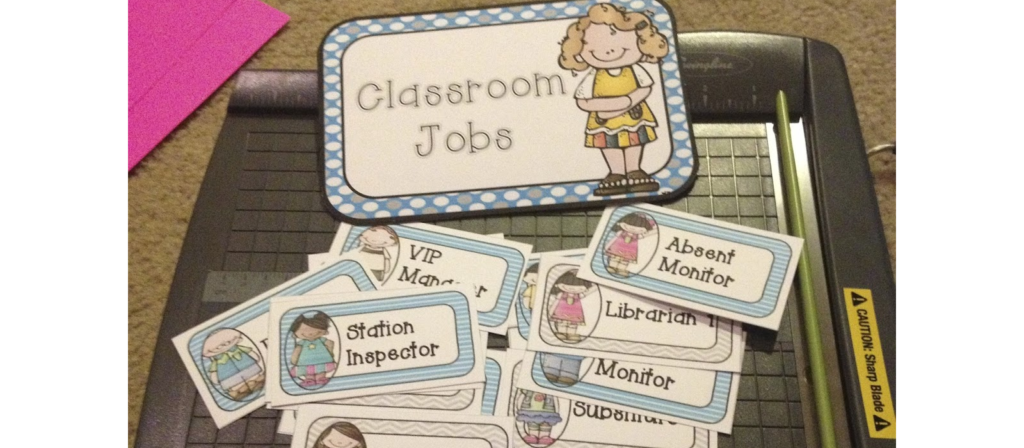
When children participate in maintaining order, the organization’s culture becomes collective. This instills pride, accountability, and a deeper connection to their learning environment.
อุปกรณ์สำคัญที่ต้องใช้เพื่อให้ห้องเรียนของคุณเป็นระเบียบ
ห้องเรียนที่จัดอย่างเป็นระเบียบต้องอาศัยเครื่องมือที่เหมาะสม อุปกรณ์ต่อไปนี้จะช่วยสนับสนุนกิจวัตรประจำวัน ลดความยุ่งวุ่นวาย และสร้างสภาพแวดล้อมการเรียนรู้ที่มีประสิทธิภาพและเป็นระบบ อุปกรณ์เหล่านี้มีประโยชน์อย่างยิ่งในห้องเรียนระดับก่อนวัยเรียนและปฐมวัย ซึ่งระบบที่ชัดเจนเป็นกุญแจสำคัญต่อความสำเร็จของนักเรียน
- ถังเก็บของพลาสติกใส
- รถเข็นเก็บของแบบมีล้อ
- ชั้นวางอุปกรณ์ตั้งโต๊ะ
- ที่ใส่เครื่องหมายแม่เหล็ก
- ลิ้นชักจัดระเบียบ 5 วัน
- ตู้ไปรษณีย์ห้องเรียน
- เครื่องติดฉลาก
- แผนภูมิขนาดพกพา
- ตะกร้าหนังสือ
- โปรแกรมจัดระเบียบแฟ้มเอกสาร
- สถานีชาร์จเทค
- ถังขยะใส่ผลงานนักเรียน
- หออุปกรณ์ศิลปะ
- ขอเกี่ยวหรือยึดหูฟัง
- ลิ้นชักแท็กรางวัลและสติ๊กเกอร์
- ปฏิทินไวท์บอร์ด
- กล่องเก็บการ์ดคำศัพท์ติดผนัง
- ออร์แกไนเซอร์คลิปบอร์ด
- กระเป๋าแขวนผนัง
- แผนภูมิงานในห้องเรียน
- แผนภูมิกำหนดการภาพ
- ปลอกลบแห้ง
- กล่องเครื่องมือสำหรับครู
- เครื่องจ่ายกระดาษโน้ต
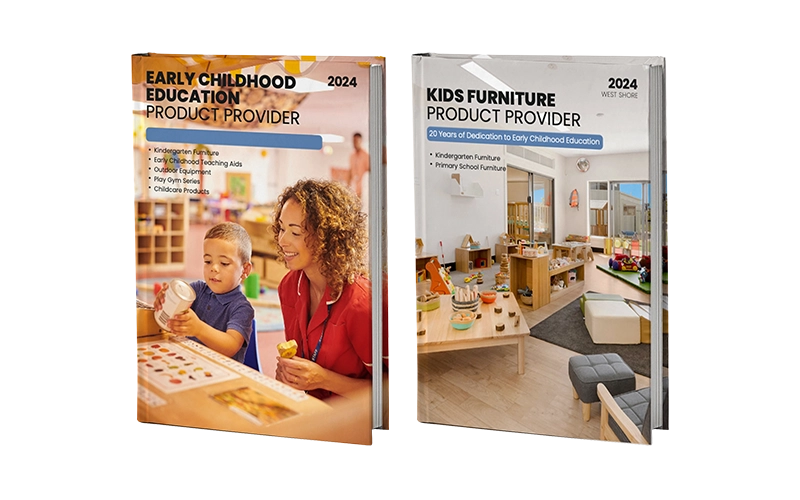
8 เคล็ดลับปฏิบัติเพื่อการจัดห้องเรียนที่ดีขึ้น
การจัดระเบียบห้องเรียนอย่างมีประสิทธิภาพไม่ได้หมายความถึงแค่ชั้นวางของที่เรียบร้อยหรือโต๊ะที่เป็นระเบียบเท่านั้น แต่ยังรวมถึงการสร้างพื้นที่ที่สนับสนุนให้นักเรียนมีสมาธิ การเปลี่ยนผ่านอย่างมีประสิทธิภาพ และสภาพแวดล้อมการสอนที่มีประสิทธิผล ด้านล่างนี้คือกลยุทธ์เชิงปฏิบัติ 8 ประการที่จะช่วยให้คุณจัดระเบียบห้องเรียนและรักษาไว้เช่นนั้นได้
1. สอนให้รู้ถึงคุณค่าของการจัดระเบียบ
ห้องเรียนที่จัดอย่างเป็นระเบียบเริ่มต้นด้วยการมีส่วนร่วมของนักเรียน โปรดสนับสนุนให้นักเรียนจัดโต๊ะเรียนให้เป็นระเบียบและนำอุปกรณ์การเรียนไปวางในที่ที่เหมาะสม สาธิตโดยแสดงพฤติกรรมดังกล่าว เช่น จัดโต๊ะเรียนให้เรียบร้อยในตอนท้ายวัน มอบหมายบทบาทต่างๆ เช่น บรรณารักษ์ คนทำความสะอาดกระดาน หรือผู้ดูแลอุปกรณ์การเรียน เพื่อให้นักเรียนมีความรับผิดชอบและภูมิใจในการจัดระเบียบห้องเรียน
2. การออกแบบเพื่อการจราจรที่ชาญฉลาด
เค้าโครงของห้องเรียนของคุณส่งผลต่อวิธีที่นักเรียนโต้ตอบกับพื้นที่ ใช้ชั้นหนังสือหรือตู้เอกสารที่เตี้ยเพื่อกำหนดโซนและลดสิ่งรบกวน ให้แน่ใจว่าพื้นที่สำคัญ เช่น โต๊ะกลุ่มหรือสถานีเทคโนโลยี มีทางเดินที่ชัดเจน การจัดโต๊ะเป็นรูปตัว U จะช่วยให้มองเห็นได้ชัดเจนขึ้นและลดความแออัด ทำให้ห้องเรียนมีระเบียบมากขึ้นโดยรวม
3. สร้างโซนเฉพาะงาน
การออกแบบโซนการเรียนรู้ที่กำหนดไว้อย่างชัดเจนช่วยให้ผู้เรียนสามารถเปลี่ยนผ่านระหว่างกิจกรรมต่างๆ ได้อย่างราบรื่น พร้อมทั้งเสริมสร้างการจัดระเบียบและความเป็นอิสระในห้องเรียน ด้านล่างนี้คือสามพื้นที่เฉพาะงานที่สำคัญและวิธีการจัดระเบียบพื้นที่เหล่านี้อย่างมีประสิทธิภาพ:
มุมอ่านหนังสือ
ใช้ชั้นวางหนังสือที่ต่ำและกล่องหนังสือที่มีป้ายกำกับซึ่งแยกตามธีมหรือระดับการอ่าน เพิ่มที่นั่งนุ่มๆ และตะกร้าคืนหนังสือเพื่อส่งเสริมความรับผิดชอบ จัดเค้าโครงให้เปิดโล่งและเข้าถึงได้เพื่อการใช้งานโดยอิสระ
สถานีคณิตศาสตร์
จัดเก็บอุปกรณ์การเรียนรู้ไว้ในภาชนะใสที่มีฉลากติดไว้ รวมไปถึงบัตรคำถามเคลือบพลาสติกและไวท์บอร์ดขนาดเล็กสำหรับฝึกฝน จัดกลุ่มอุปกรณ์ตามประเภทกิจกรรมเพื่อสนับสนุนการเรียนรู้แบบเน้นการลงมือปฏิบัติ
ศูนย์ศิลปะ
Organize materials—paper, glue, crayons—using labeled drawers or caddies. Post simple visual instructions and provide a drying area. Limit the number of users to maintain order and reduce mess.
4. เพิ่มพื้นที่จัดเก็บเชิงกลยุทธ์รอบห้อง
กระจายโซลูชันการจัดเก็บทั่วทั้งห้องเรียนเพื่อหลีกเลี่ยงการกองรวมกันในพื้นที่ใดพื้นที่หนึ่ง ใช้ถัง ตะกร้า และลิ้นชักที่มีป้ายกำกับสำหรับอุปกรณ์ต่างๆ สิ่งของที่ใช้บ่อยควรอยู่ในระยะที่หยิบถึงได้ง่าย ในขณะที่สามารถจัดเก็บวัสดุตามฤดูกาลหรือเฉพาะวิชาได้ แนวทางการจัดเก็บแบบเป็นชั้นนี้เป็นสิ่งสำคัญในการรักษาห้องเรียนให้เป็นระเบียบเรียบร้อย
5. ใช้กระดานข่าวให้เกิดประโยชน์สูงสุด
กระดานข่าวความคิดสร้างสรรค์ ไม่เพียงแต่ตกแต่งเท่านั้น แต่ยังเป็นเครื่องมือที่มีประสิทธิภาพในการจัดระเบียบห้องเรียน ใช้เพื่อ:
- ตารางรายวันและกฎของห้องเรียน
- การแสดงผลงานของนักเรียนโดยใช้ไม้หนีบผ้าหรือคลิปบอร์ด
- เนื้อหาการศึกษาแบบหมุนเวียน เช่น คำศัพท์ตามธีมหรือปริศนาคณิตศาสตร์
- องค์ประกอบแบบโต้ตอบ เช่น เกมเดาหรือเกมติดตามเป้าหมาย
กระดานข่าวที่มีการจัดเตรียมอย่างดีจะช่วยเสริมสร้างโครงสร้างและส่งเสริมการเรียนรู้ด้วยภาพ
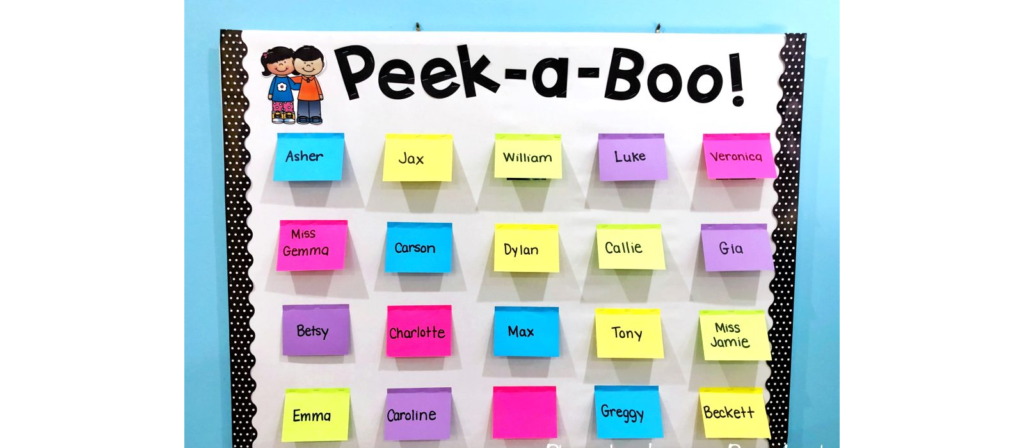
6. การจัดหาอุปกรณ์ส่วนกลาง
Keep items like pencils, scissors, markers, and glue sticks in one clearly labeled, accessible location. A tray filled with cups or containers for each supply type keeps the area tidy and intuitive. This simple solution promotes independent student use and avoids time wasted searching for materials.
7. การนำระบบการกู้ยืมมาใช้
Prevent lost resources with a structured method for tracking borrowed items such as books or tablets. Whether a paper sign-out sheet or a digital form, a check-in/check-out system supports accountability and overall classroom material organization.
8. กำหนดกิจวัตรการทำความสะอาดเป็นประจำ
Without daily or weekly tidying, even the best organization systems fall apart. Build cleanup into your class schedule—five minutes daily makes a big difference. Assign light duties to students and store cleaning materials on a mobile cart for easy access. Reinforce cleanup efforts with praise or small incentives to build good habits.
By integrating these strategies into your routine, classroom organization becomes not only manageable but also sustainable. A clean, well-organized space improves efficiency and fosters a more positive and focused learning environment for you and your students.
เครื่องมือดิจิทัลสำหรับการจัดการชั้นเรียน
เครื่องมือดิจิทัลสามารถปรับปรุงการจัดระเบียบห้องเรียนได้ด้วยการปรับกระบวนการทำงาน ปรับปรุงการสื่อสาร และลดภาระงานด้วยตนเอง อย่างไรก็ตาม การเลือกเครื่องมือที่เหมาะสมต้องอาศัยความตั้งใจ เครื่องมือควรทำให้กิจวัตรในห้องเรียนง่ายขึ้น ไม่ใช่ทำให้ซับซ้อนขึ้น
เริ่มต้นด้วยการระบุจุดปัญหาที่เกิดขึ้นซ้ำๆ เช่น การบ้านส่งช้า การสื่อสารที่ไม่สม่ำเสมอ แผนการสอนที่ไม่เป็นระเบียบ หรือการติดตามพฤติกรรมที่ไม่มีประสิทธิภาพ จากนั้นจับคู่ความต้องการเหล่านี้กับโซลูชันดิจิทัลที่ให้ความชัดเจนและใช้งานง่าย
ระบบองค์กรดิจิทัลที่มีประสิทธิภาพควรจะ:
- รวมตารางเวลา งานมอบหมาย และการประกาศไว้ที่ศูนย์กลาง
- ลดความยุ่งวุ่นวายทางกายภาพให้เหลือน้อยที่สุดโดยแปลงงานและบันทึกของนักเรียนให้เป็นดิจิทัล
- ปรับตัวให้เข้ากับรูปแบบการสอนและกิจวัตรในห้องเรียนของคุณได้
เครื่องมือดิจิทัลยอดนิยมสำหรับการจัดระเบียบและการจัดการห้องเรียน:
- ห้องเรียน Google – แพลตฟอร์มรวมศูนย์สำหรับการมอบหมายและการให้คะแนน
- คลาสโดโจ – การติดตามพฤติกรรมและการสื่อสารกับผู้ปกครองแบบเรียลไทม์
- ชิงช้า – แฟ้มสะสมผลงานและเอกสารดิจิทัลของนักศึกษา
- เตือน – เครื่องมือส่งข้อความโดยตรงสำหรับครูและครอบครัว
- เทรลโล – กระดานงานภาพสำหรับการวางแผนบทเรียน
- Canva สำหรับการศึกษา – เทมเพลตสำหรับภาพ ตารางเวลา และโปสเตอร์
- พลิก – การสะท้อนและการอภิปรายของนักเรียนผ่านวิดีโอ
- คาฮูท! – การประเมินที่น่าสนใจและการติดตามการเข้าร่วม
- แพดเลต – กระดานความคิดเชิงร่วมมือ
- ความคิด – แพลตฟอร์มที่ครอบคลุมสำหรับการจัดระเบียบแผนการเรียนและบันทึกย่อ
Choose tools based on your comfort level and classroom needs. They enhance classroom organization, reduce teacher workload, and promote student accountability when used strategically.

การจัดการห้องเรียนสำหรับวัยต่างๆ
กลยุทธ์ขององค์กรต้องสอดคล้องกับช่วงพัฒนาการของนักเรียน เมื่อเด็กๆ เติบโตขึ้น ความต้องการทางกายภาพ สติปัญญา และสังคมของพวกเขาก็จะเปลี่ยนแปลงไปเช่นกัน การจัดห้องเรียนของคุณก็ควรเปลี่ยนแปลงตามไปด้วย ด้านล่างนี้คือแนวทางเปรียบเทียบสำหรับองค์กรที่แบ่งตามช่วงวัย:
| กลุ่มอายุ | ความต้องการหลัก | กลยุทธ์องค์กรที่แนะนำ |
|---|---|---|
| เด็กวัยเตาะแตะ (1–3) | ความปลอดภัย ความเรียบง่าย กิจวัตรประจำวัน | ใช้เฟอร์นิเจอร์ขอบนุ่ม ชั้นวางแบบเปิด ติดป้ายที่มีรูปภาพ และจำกัดตัวเลือกสินค้า |
| ระดับอนุบาล (3–4) | อิสรภาพ การสำรวจ | แนะนำโซนการเรียนรู้ที่กำหนดไว้ ถาดเตี้ยสำหรับบริการตนเอง และคำแนะนำตามปกติสำหรับการทำความสะอาด |
| ก่อนวัยอนุบาล (4–5) | ความรับผิดชอบ การเรียนรู้ทางสังคม | ใช้แผนภูมิงาน ถังที่มีรหัสสี ที่นั่งแบบยืดหยุ่น และสถานีวัสดุที่นักเรียนจัดการ |
| อนุบาล (5–6) | โครงสร้าง ความอยากรู้ ความเป็นอิสระ | ผสานรวมตารางเวลาแบบภาพ วัสดุหมุนเวียน และรถเข็นอุปกรณ์เคลื่อนที่สำหรับกิจกรรมกลุ่มเล็ก |
| ประถมศึกษา (6–10) | การเติบโตอย่างเป็นอิสระ โครงสร้างที่ชัดเจน | มอบหมายงานในห้องเรียน จัดระเบียบโซนวิชา และใช้ภาชนะที่มีป้ายกำกับและแผนภูมิงานภาพ |
| โรงเรียนมัธยมศึกษาตอนต้น | การจัดการเวลา, การควบคุมตนเอง | จัดเตรียมเครื่องมือวางแผนส่วนบุคคล ตู้เก็บของ หรือถังขยะ และเสริมสร้างกิจวัตรประจำวันที่ช่วยสร้างองค์กรที่เป็นอิสระ |
Tailoring classroom organization to age-appropriate needs improves functionality and enhances student engagement and ownership.
พร้อมที่จะออกแบบพื้นที่ที่สร้างแรงบันดาลใจในการเรียนรู้หรือยัง ติดต่อเราเพื่อสร้างโซลูชันเฟอร์นิเจอร์ที่ปรับแต่งให้เหมาะกับความต้องการในห้องเรียนของคุณ
ประเมินและปรับกลยุทธ์การจัดห้องเรียนของคุณ
การจัดระเบียบห้องเรียนไม่ใช่สิ่งที่หยุดนิ่ง ควรประเมินระบบของคุณเป็นประจำเพื่อให้แน่ใจว่าระบบยังคงใช้งานได้จริงและเกี่ยวข้อง ตรวจสอบรายเดือน: วัสดุต่างๆ ไม่ได้ใช้หรือไม่ อุปกรณ์ต่างๆ มักวางผิดที่หรือไม่ ส่วนใดของกิจวัตรประจำวันที่ก่อให้เกิดความขัดแย้ง
Use brief student surveys, sticky note feedback walls, or suggestion boxes to gather insights. Observe classroom flow and adjust seating, storage, or cleanup routines as needed. Involving students in these evaluations improves systems and strengthens their sense of ownership and responsibility in maintaining classroom organization.
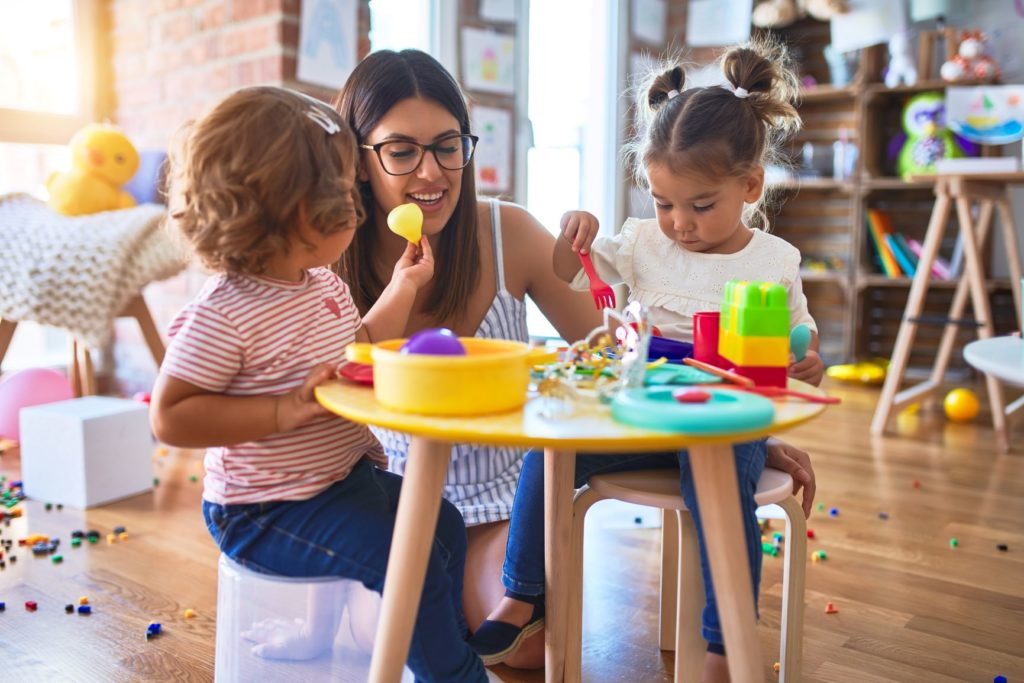
คำถามที่พบบ่อย
ถาม: ฉันจะจัดระเบียบห้องสมุดห้องเรียนของฉันได้อย่างมีประสิทธิภาพได้อย่างไร
ก: Sort books by genre, theme, or reading level, and use labeled bins placed on low shelves for easy student access. A well-organized library supports classroom organization by encouraging independent use and responsible materials handling.
ถาม: ฉันจะสร้างตู้เก็บของห้องเรียนแบบกำหนดเองได้อย่างไร
ก: เริ่มต้นด้วยการประเมินความต้องการจัดเก็บของคุณ ไม่ว่าจะเป็นกระดาษ อุปกรณ์ศิลปะ สิ่งของต่างๆ และเลือกขนาดที่เหมาะสมกับพื้นที่ของคุณ ใช้วัสดุที่ทนทานและมีชั้นวางแบบปรับได้ ตู้ที่ออกแบบมาอย่างดีสามารถจัดระเบียบห้องเรียนให้เป็นระเบียบและลดความยุ่งเหยิงทางสายตาได้
ถาม: ฉันจะรักษาความเป็นระเบียบเรียบร้อยในห้องเรียนตลอดทั้งปีการศึกษาได้อย่างไร
ก: กำหนดตารางการทำความสะอาดเป็นประจำ เติมอุปกรณ์ใหม่ทุกเดือน และให้นักเรียนมีส่วนร่วมในการจัดระเบียบประจำวัน การบำรุงรักษาอย่างต่อเนื่องจะช่วยให้ระบบจัดระเบียบห้องเรียนของคุณยังคงใช้งานได้และยั่งยืน
ถาม: เหตุใดการมีส่วนร่วมของนักเรียนจึงมีความสำคัญในการจัดชั้นเรียน?
ก: Students develop ownership and responsibility when they help manage supplies and tidy their spaces. Involving them reinforces classroom routines and makes classroom organization efforts more effective and lasting.
บทสรุป
การจัดระเบียบห้องเรียนอย่างมีประสิทธิภาพจะช่วยให้กิจวัตรประจำวันราบรื่นขึ้น มีความคาดหวังที่ชัดเจนขึ้น และมีสภาพแวดล้อมการเรียนรู้ที่มุ่งเน้นมากขึ้น ด้วยระบบที่เหมาะสม เช่น ถังขยะ ลิ้นชัก และจุดอุปกรณ์ที่ใช้ร่วมกัน ครูสามารถลดความยุ่งเหยิงและช่วยให้นักเรียนมีความเป็นอิสระตั้งแต่วันแรก
เบื้องหลังห้องเรียนที่จัดอย่างมีระเบียบ คือการจัดวางที่ถูกต้องเหมาะสม เฟอร์นิเจอร์คุณภาพสูงที่สร้างขึ้นเพื่อจุดประสงค์เฉพาะ ทำให้สามารถนำกลยุทธ์เหล่านี้ไปใช้ได้ง่ายขึ้น นั่นเป็นเหตุผลว่าทำไมศูนย์การศึกษาช่วงต้นหลายแห่งจึงทำงานร่วมกับผู้ผลิตที่เชื่อถือได้ เช่น เวสท์ชอร์เฟอร์นิเจอร์ซึ่งการออกแบบรองรับความต้องการในโลกแห่งความเป็นจริงของห้องเรียนก่อนวัยเรียน
องค์กรที่สร้างสรรค์นวัตกรรมไม่ได้แค่ทำให้พื้นที่ดูสะอาดขึ้นเท่านั้น แต่ยังเปลี่ยนแปลงวิธีการทำงานอีกด้วย เริ่มต้นจากสิ่งเล็กๆ น้อยๆ ยึดมั่นในหลักการ และปล่อยให้โครงสร้างทำงานเพื่อประโยชน์ของคุณ
Most Viewed Posts
- 18 ธีมห้องเรียนก่อนวัยเรียนที่สร้างสรรค์เพื่อกระตุ้นจินตนาการ
- ปรับเปลี่ยนพื้นที่ของคุณ: 10 ไอเดียตกแต่งห้องเรียนสุดสร้างสรรค์ที่สร้างแรงบันดาลใจในการเรียนรู้
- กิจกรรมทางวิทยาศาสตร์ 30 อย่างสนุกและง่ายสำหรับเด็กก่อนวัยเรียนที่จะกระตุ้นความอยากรู้อยากเห็น!
- 36 ไอเดียกระดานข่าวสร้างสรรค์ที่จะสร้างแรงบันดาลใจให้กับห้องเรียนก่อนวัยเรียนของคุณ
- รายการอุปกรณ์การเรียนก่อนวัยเรียน: สิ่งของจำเป็นสำหรับห้องเรียนอนุบาลของคุณ





